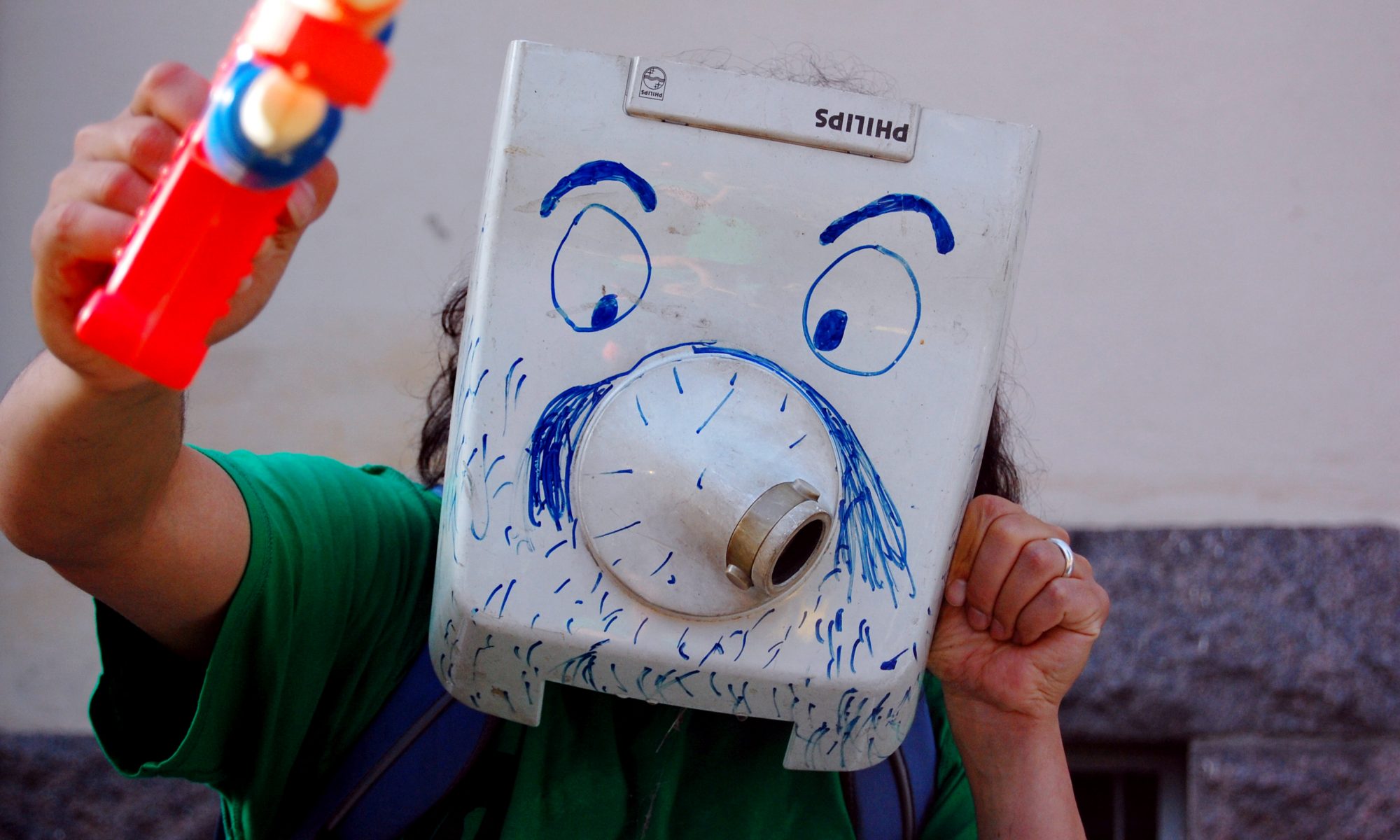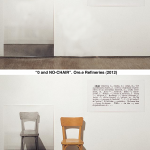As I attempted to reach Kosuth..
Talk to any conceptual artist out there about the NO-CHAIR-DESIGN campaign and what they’ll think of is “One and Three Chairs” by Joseph Kosuth (1965). Kosuth is a pioneer of conceptual art and “One and Three Chairs” is portrayed as groundbreaking artwork for the movement. The piece was backed up by his essay “Art After Philosophy” (1969). He made a series of artworks with the same concept (“One and Three.. this and that”) but the chair one is most cited in art-history books.
NCD-C has challenged mr. Kosuth to NOT design chairs but so far we have not received a reply. I send an email to a gallery which is representing him, but I`m betting it was not forwarded. He’s busy for sure. I understand that well. It’s difficult to contact famous artists even though your intentions are good.
When it comes to communications inside the creative industry, people are constantly sabotaging each others efforts. Contacts are equal to money . If you as a curator or a gallerist have “the contacts” you have the keys to success. Concerning how competitive the industry is, it’s uncommon to share information. The same logic applies for crafts, design and music too. I would argue that the creative industry is the most competitive business in the world.
I was in Berlin last year for the first time and I met an artist who said that he had Billy Viola’s phone number.
“He was bragging about having a phonenumber! What is so cool about a number?!”. I thought to myself.
At the time I didn’t understand what kind of benefits having a famous artists phone number can have in a city like Berlin. Now I can imagine that the guy is being treated with dinners in fancy restaurant by all sorts of gallerist and art dealers, who are trying to gain access to that magical number of mr. Viola. I bet the guy had never called the number and that none of the people he has forwarded it to will either. They all just enjoy having it. Like a precious gem they can boast about.
I live in Finland where there are some 4000 “professional artist”. Meaning people who fund their practice with culture related jobs and art grants. Only a few of them (~40) get their income solely from selling art. (These statistic are a rumor. I heard them in a bar – So don’t go quoiting them). So the scene here is very different from global art business. In Finland you can find contact details to just about every artist on their homepages or “the yellow pages”. People from Berlin think we are naive here.. They told me this them selfs.
Non-profit contemporary art museums don’t share contacts either nor do they delegate messages. I attempted to reach Kosuth though a museum he has presented work at. But they where blunt: “No. It’s not in our policy to release contact information of artists we have worked with”. At least I got a reply. Institutions work this way to protect the artist from bad business proposals. If you work in a museum you’ll learn there is an etiquette on how communications are handled.. Typically you have to travel and meet the right people involved in order to be trusted.
I enjoy the idea that meeting a person in RL certificates that s/he can be trusted. This makes art less business like.. It’s not about the quality of products. It’s about the durability of networks we build.
But protecting artist from the online world and “amateurs who do not know the etiquette” (like myself) can have drastic consequences: The art market and institutions are censoring what kind of feedback and responses the artists cause in the audience. As communications are handled through gallerist, curators and managers, the artists have very little possibilities to learn how and if the general public is being influenced by their work. Like with musicians. They only meet fans.
Hence they are dependent on the media, like politicians. By controlling this feedback the industry can manipulate what kinds of artworks the artist “thinks are worth producing”. I’m betting this already has an impact in the aesthetics artist deploy. Every time communications are controlled it is done to preserve the status quo.
Also.. The “One and Three Chairs” is a conceptual piece of art: A set of instructions which any person could use to build the installation. If I understand this correctly… It would mean that I have the possibility to build the artwork into my home. Despite the effort I cannot reach Kosuth and validate this. Institutions are controlling the communication for a purpose. If I’d have a Kosuth consent to build the installation I’d do it in my home tomorrow! We looked in his work in detail when preparing for our exhibition in Jyväskylä and our installation bears a resemblance to “One and Three..”
I’d also like to know how he feels about wikipedia. The “One and Three..” series is dependent on dictionary definitions of the objects portrayed. How would he feel about showing a wikipedia definition of a chair?
Is his intent to play with the art markets and to create IKEA like tutorials which people use to build their own art? So that they have free and unlimited access to conceptual art? If the artwork can be build by anyone who follows the artist idea, it cannot be sold. But again.. I cannot reach Kosuth to validate this (Nor can I find links online dealing with this issue).
I hope that mr. Kosuth would have enjoyed the NCD-Campaign. Here is list of invisible artworks.



